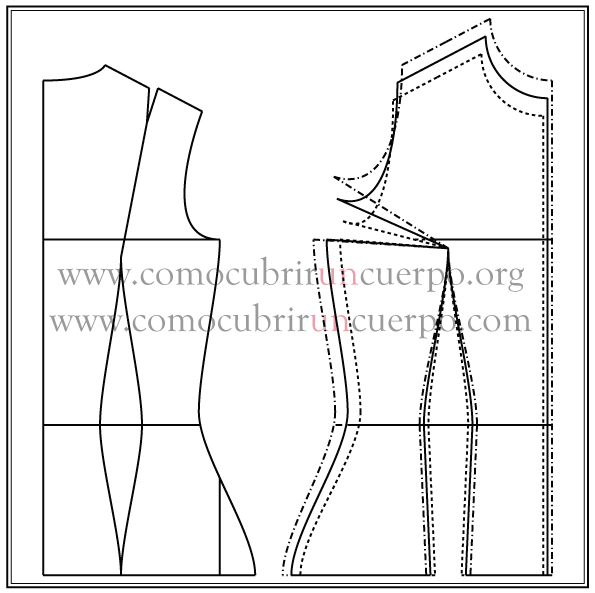Measuring the feminine thorax outline
We finished the last post with two questions.
This post is the answer to the first question: How can we measure the feminine thorax outline?
The feminine thorax outline is a real measurement but it is impossible to measure directly because of the breasts.
We can find several solutions to measure it, the most common solutions are measuring above the breasts or measuring passing over the sub mammary fold. Both of these measurements give us incorrect items and therefore a false thorax outline measurement.
To calculate the development of the breasts we must use the bone structure, that is to say the male body structure.
The male trunk structure has a peculiarity: the distance from the seventh cervical vertebra to the waistline in its intersection with the vertebral column is equal to the distance between the tip of the neckline to the waistline in its intersection with the front sagittal axe, passing on the nipple and dropping parallel at the front axe. (Usually for a man with a regular body type the front measurement is a cm longer the front measurement than the back one, but this cm is considered to be fit allowance).
The male and female bone structures are equal but not identical, so we can use this equality of measurements.
The greater is the breasts volume, the greater the difference between the back and front trunk length will be.
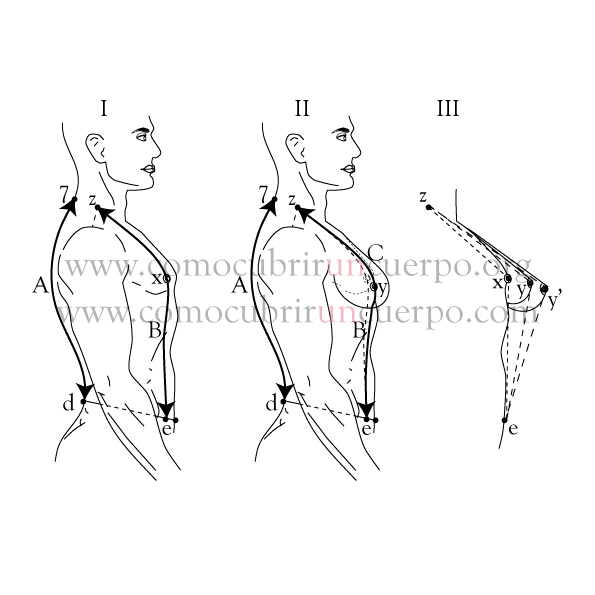
The development of the breasts is the difference between the length front (z-x-e for the male body or z-y-e for the female body) and back trunk (7-d).
Figure I is the male body, figure II the male body with medium volume female breasts. In figure III we show the male outline with a medium and another greater volume female breasts contour.
The value of the development of the breasts is about a twelfth of a half-feminine breast outline. Most tables of measurements where we can find the two trunk lengths apply this proportion or add 6cm to the back length measurement.
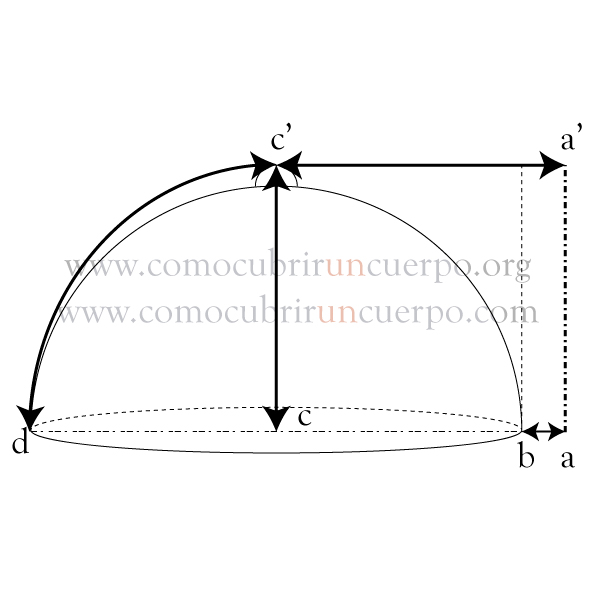
A is the intersection of the sagittal axe with the middle front outline, b is the distance between the sagittal axe and the end of the sternal manubrium, c is the male nipple, the segment b-d is the diameter of the breast, c’ is the female nipple and the segment c-c’ is the breast projection.
The whole breast development is twice the measurements of the arc between c’-d minus the diameter of the breast (d-b). We can calculate it as the half perimeter of the circumference generated by the breast projection (c-c’) minus twice the projection breast measurement, if we consider the breast as a half sphere. If we consider the breast as a half oblate semi-ellipsoid, the calculation becomes more complicated. The result is almost the same, so is it better to consider it as a sphere (circle in revolution).
The distance between a’ and c’ and between a and c is the same, when we measure the breast female outline we trace a straight line between the nipples, then the breast female outline, theoretically, only increases half development of each breast.
The segments a-a’ and c-c’ in the last illustration are parallel, but really they are oblique as we can see in the next image.
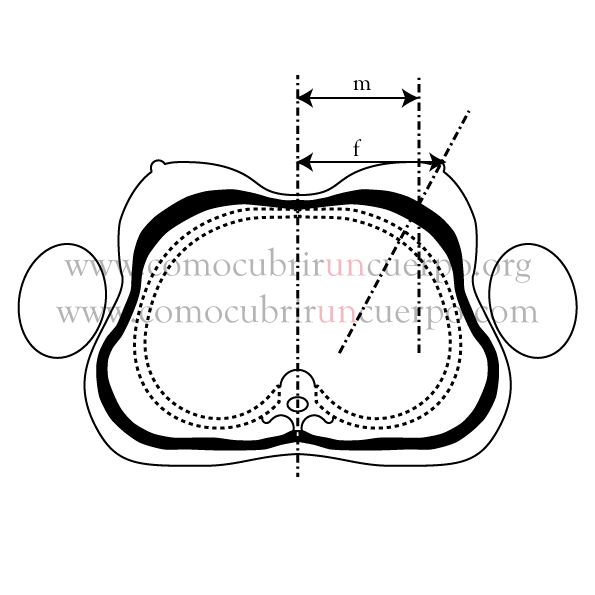
M is the half distance between nipples and f is the same measurement in the female outline. F can change because of the volume of the female breasts. Also, f can be distorted because of the bra cups. The development between both distances (horizontal breast development) should be, more or less half of the vertical breast development.
If we identify horizontal and vertical breast development to calculate the thorax outline, we subtract the back length from the front length trunk.
It is very important to remember that when we identify both developments the horizontal one has the same value because of the increase of the distance between the nipples in the female outline. This difference is important when we work in corset items with separated cups.
Having an approximation of the thorax outline, we can calculate the projection of breasts by triangulations, and we can find the position and development of the Spence’s tail. With the proportional position of the Spence’s tail and the breast projection, we can trace proportional and easy progressive ad anatomical breasts cups.
Those explanations will the subject of future posts.
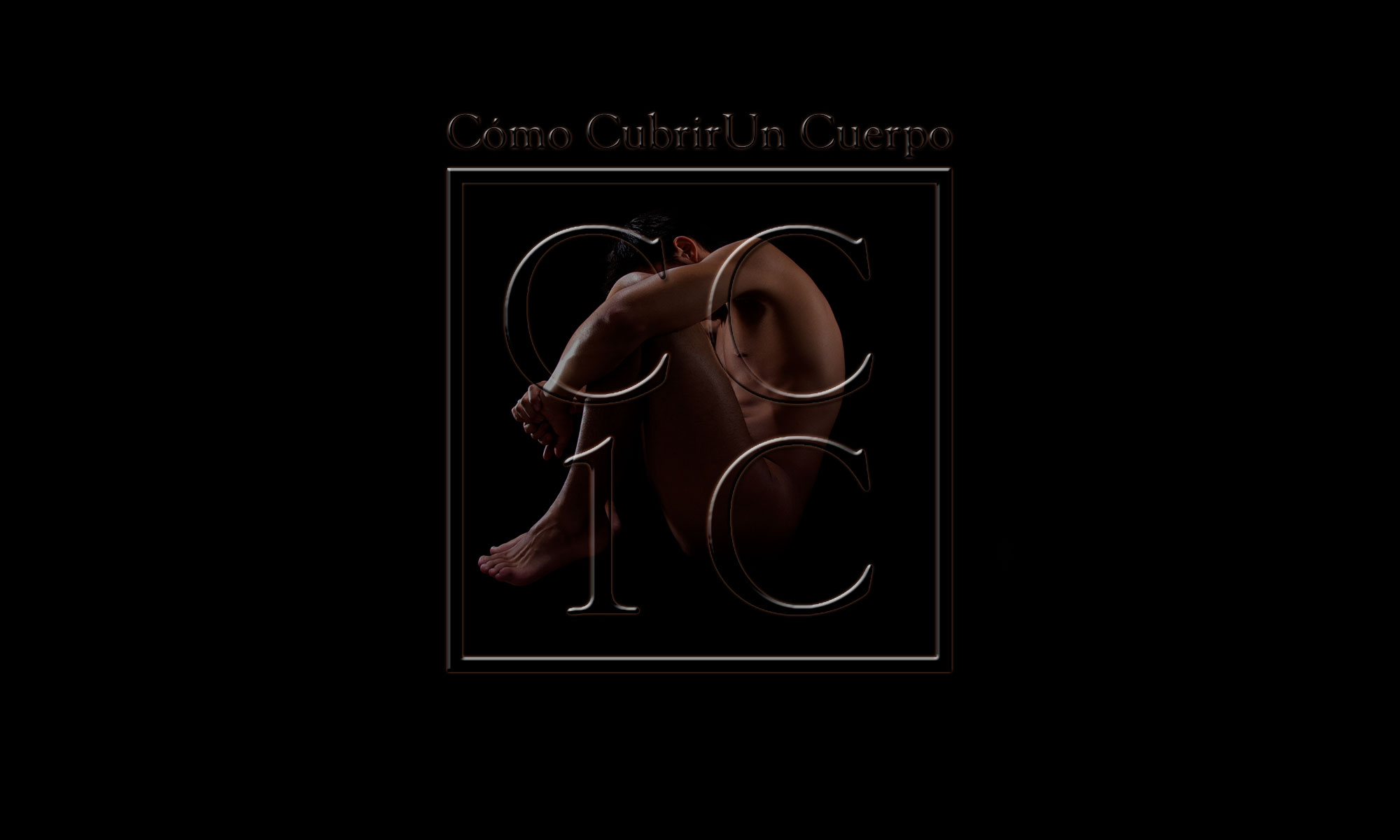
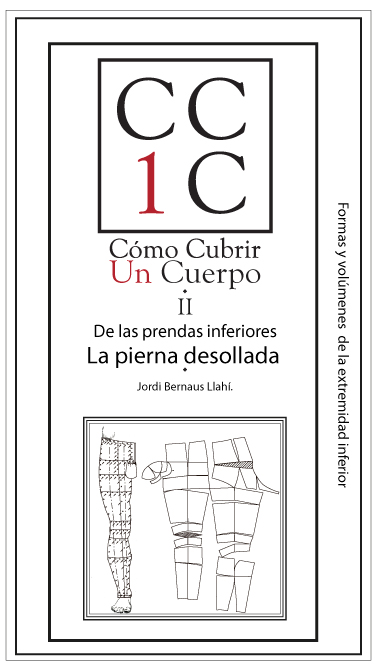
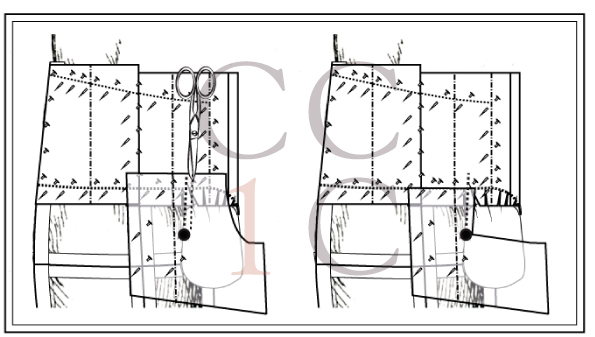
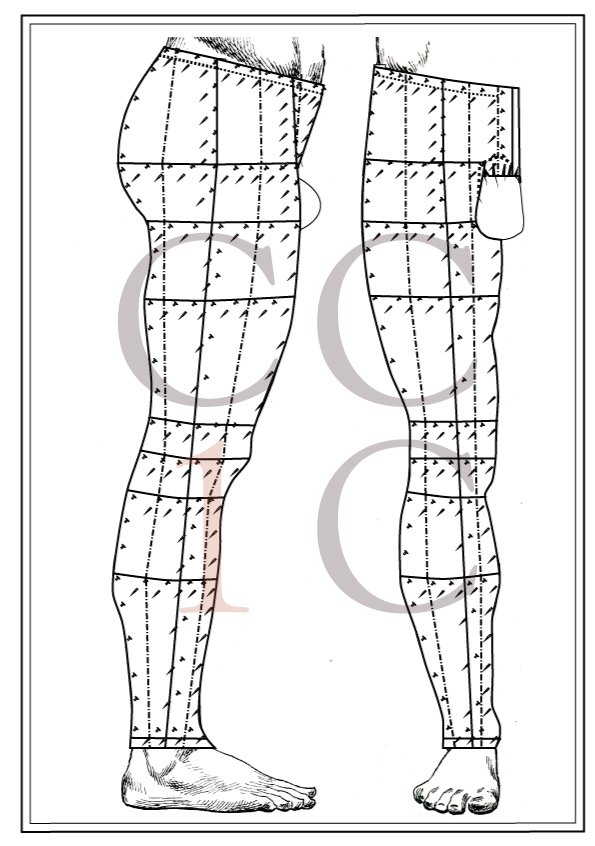
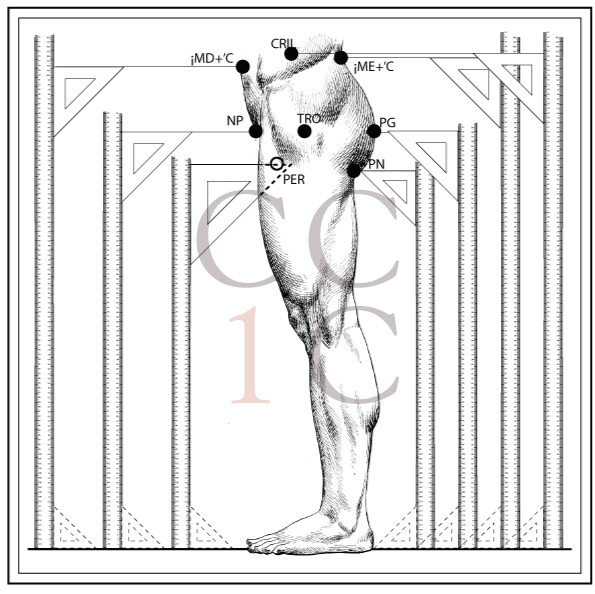
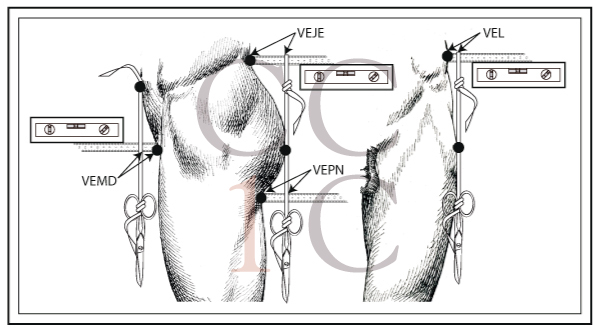
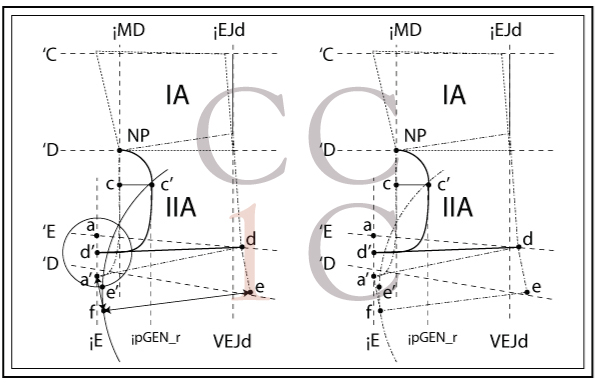
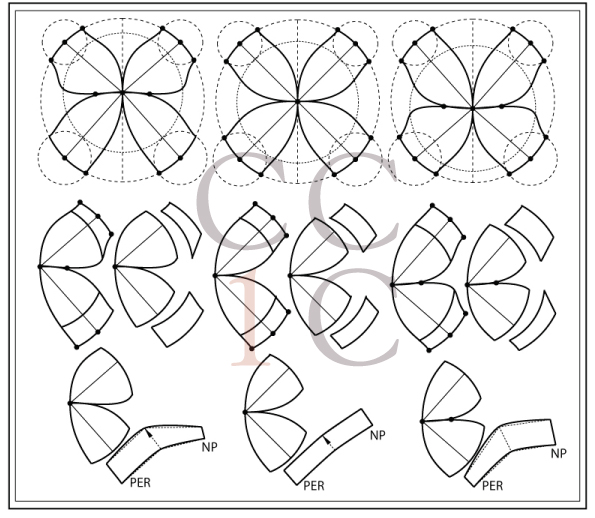

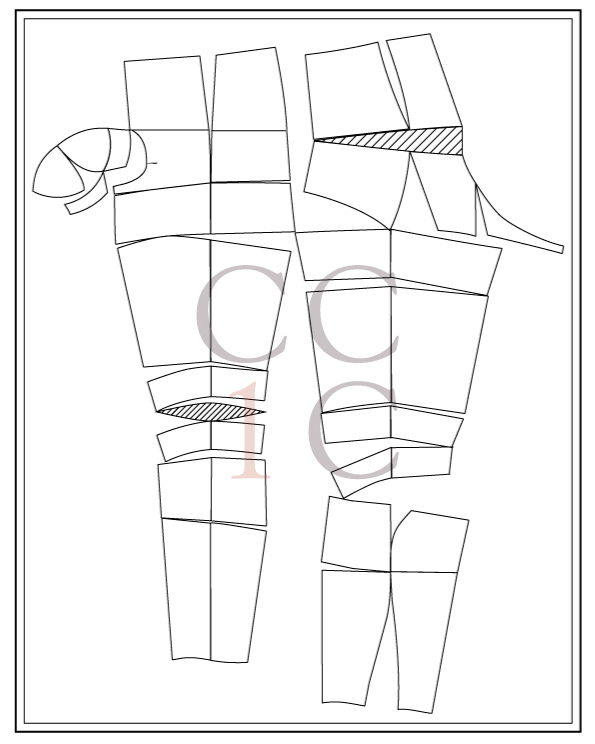 Interés del libro
Interés del libro



